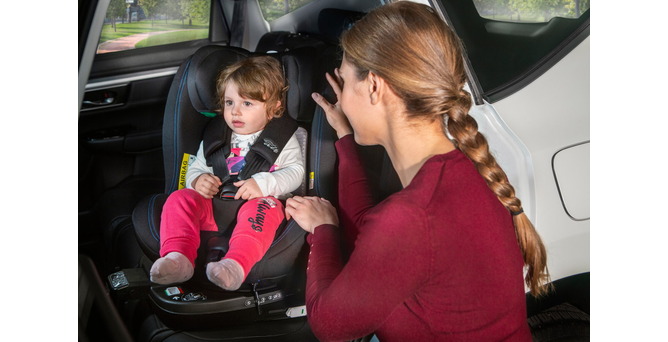-
Login
- Store Location
- Feeding
- Bath & Skin
- Hygiene & Safety
- Strollers & Car Seats
- Activity & Entertainment
-
Fashion
- Infants
- Boys
- Girls
- Moms & Maternity
- Gift Guide
- Offers
- Who We Are
- Research Center
Children and car sickness
Movement sickness can create discomfort and malaise by car, train, ship, or even the playground. Some precautions to follow to avoid car sickness to c...

Motion sickness, or car sickness, is a frequent disorder in children that can be particularly intense and unpleasant. It occurs in situations related to movement, such as traveling by car, train, plane or ship, but also in situations of play or recreation such as the use of some attractions in amusement parks. Car sickness in children occurs with nausea or vomiting, pallor or salivation, but also with dizziness, headache or widespread malaise.
Here are some suggestions to prevent car sickness: in cars or on vehicles traveling on wheels put the child in a position to look at the surrounding environment in the direction of travel
- if possible, instruct the child to look at a stable reference point (for example, the horizon)
- Prevents children from reading or carrying out activities that require continuous adjustments to the visual field (cell phones, portable devices, etc.)
- distract the child by involving him in songs, nursery rhymes, stories
- Avoids making sudden movements with the head;
- If you can travel at night, if you cannot do it, wear glasses with dark lenses
- Encourage naps during the journey or seat as close as possible to the center of the vehicle in a reclined position and with eyes closed
- By car or coach, convince the child to imitate the driver and to tilt following the direction of the curves
- Prepare light meals avoiding heavy foods
- Avoids unpleasant or too strong odors inside the passenger compartment and ensures adequate ventilation.
These small remedies can help you to prevent car sickness and to ensure that your child can move safely and calmly.